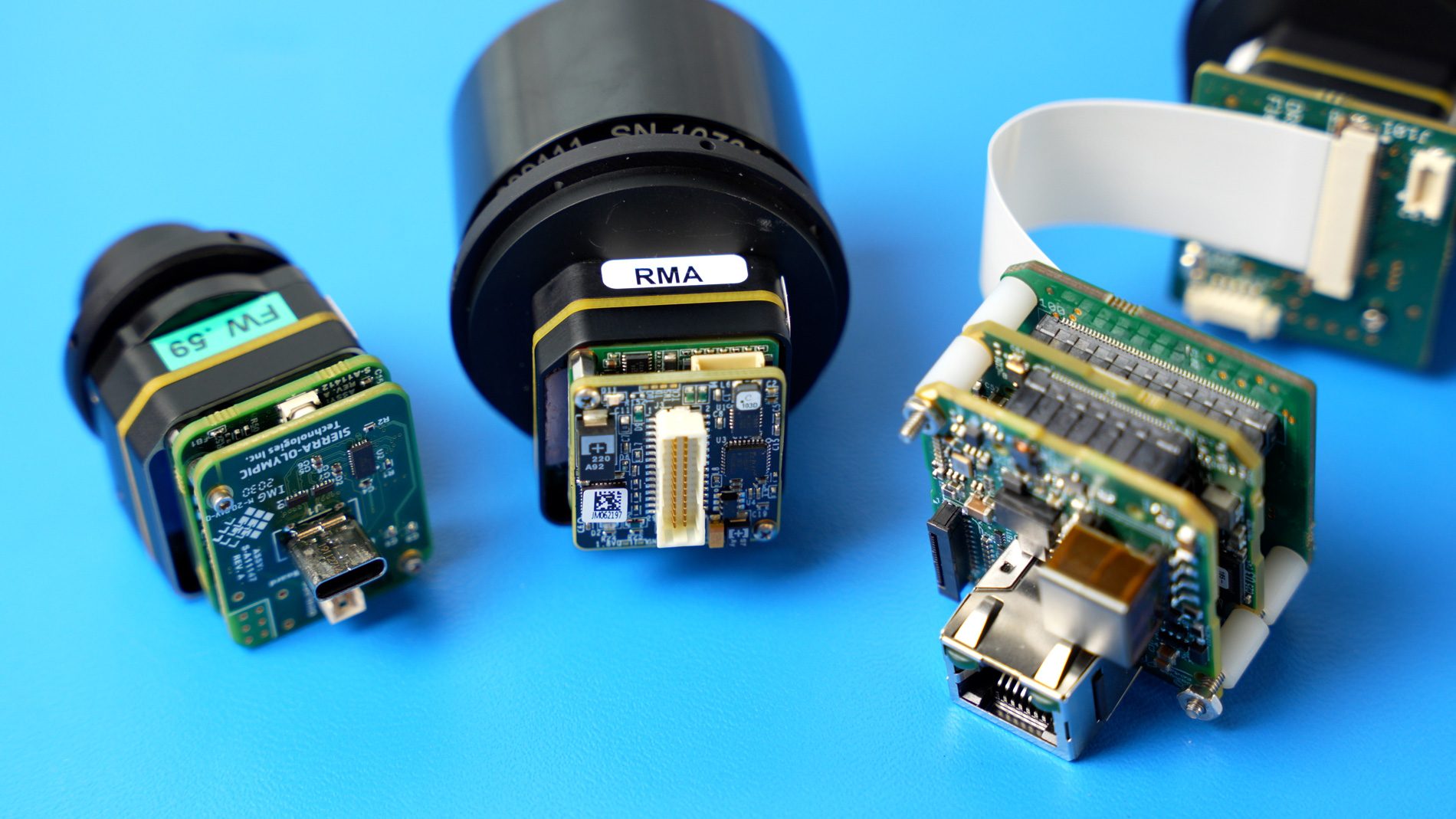Last modified on March 22nd, 2024 at 10:09 am
Welcome to another Tech Talk with Stan Voynick. Today, we’ll be talking about Gigabit Ethernet(Gig-E) and USB interfaces on our small, uncooled sensors. Sierra-Olympia is the North American master distributor of the Tenum 640. In addition to selling this camera with its standard ethernet connection, we add value by adding USB interface options.
USB-C on the Viento-10
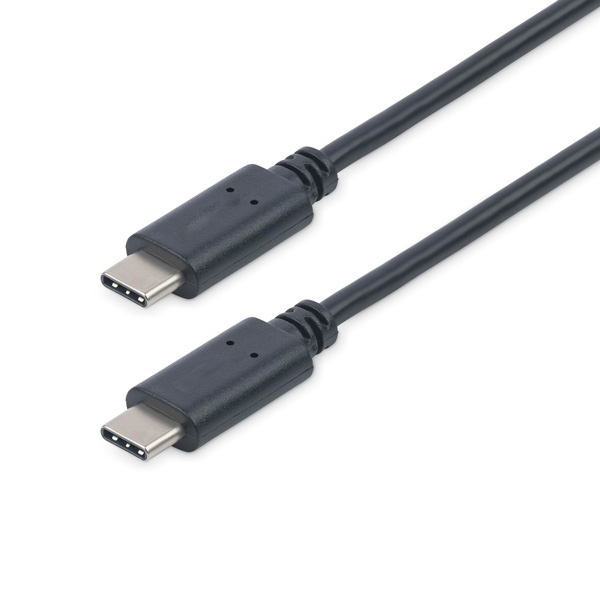
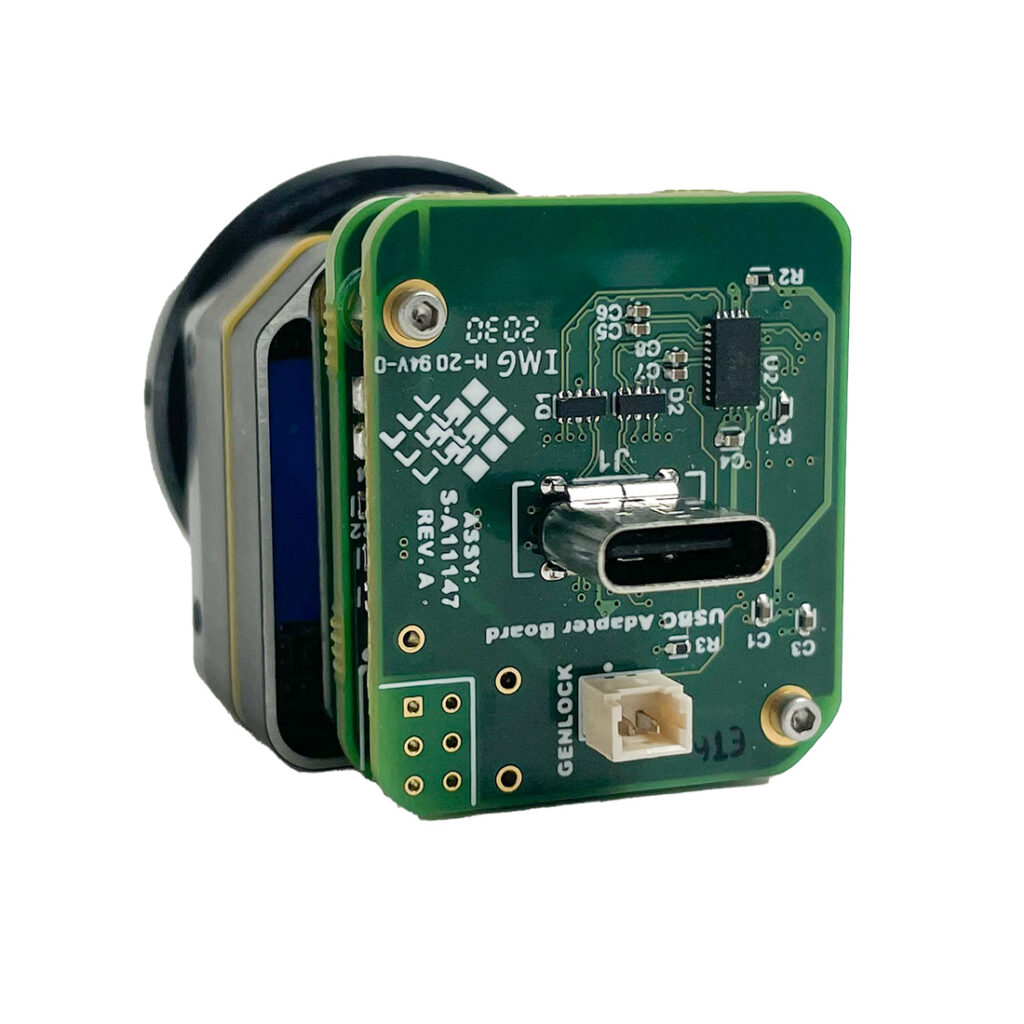
Gigabit Ethernet(Gig-E) on the Viento-10
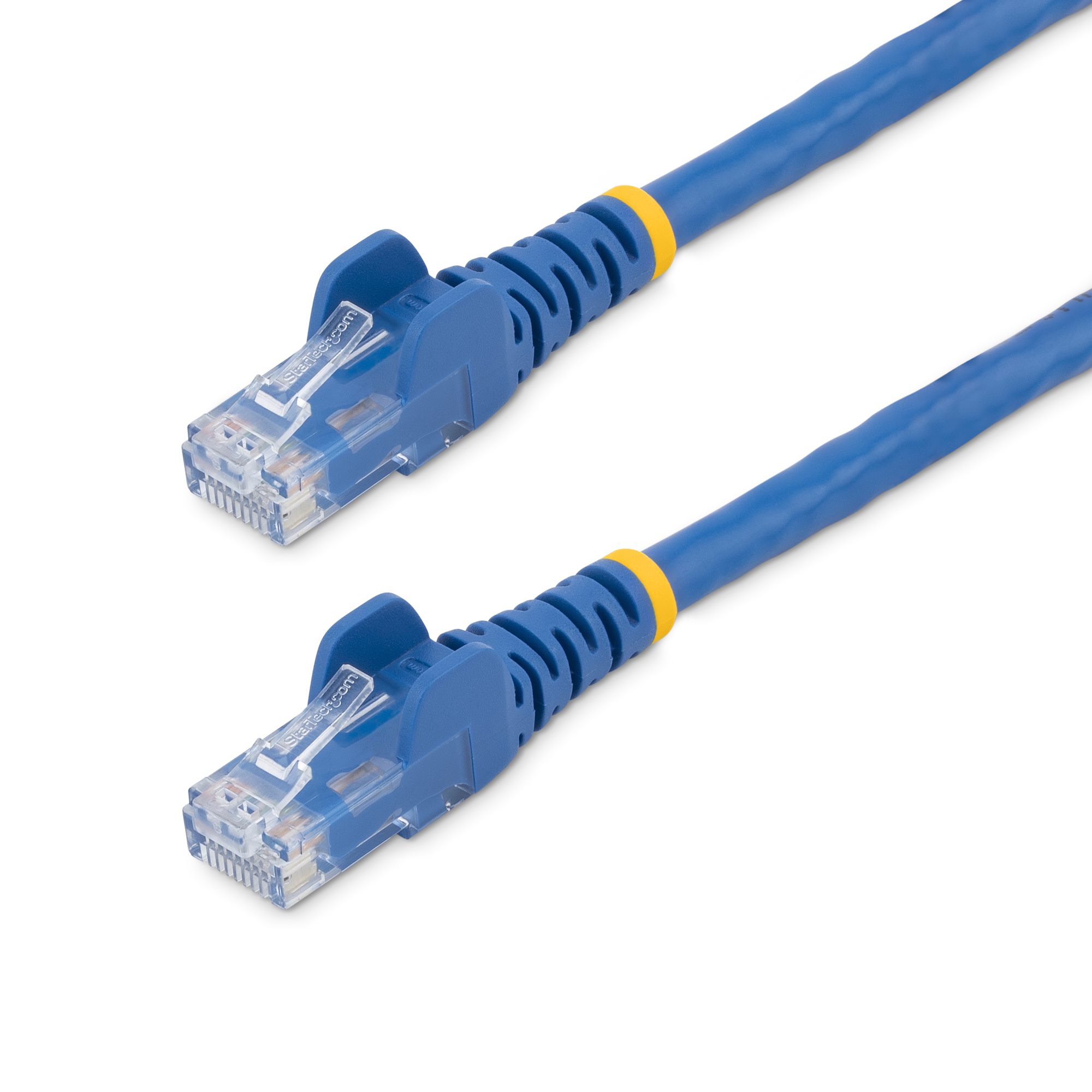
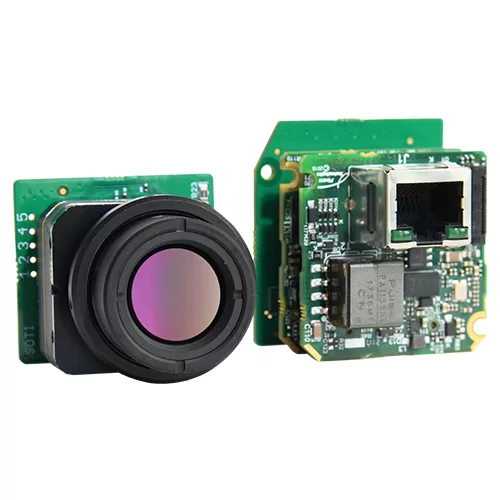
Why would you choose Gig-E?
Gig-E is a very common network interface. This type of cabling is probably used on your modem at home or in your building at work. Gig-E works over long cable distances, as much as 100 meters. That is a big advantage of Gig-E with simple standard cabling, you can work over long distances.
Why would you choose USB?
If size is one of your constraints, then another option we provide is the USB interface. The industry standard USB-3 interface on the Viento-10 USB is a single cable connection, like Gig-E. Power, communication and data flow all over one cable. It has the same single cable advantage. However, the USB interface is not designed to go over hundreds of meters like Ethernet, so it’s more appropriate for systems that are physically located closer to each other. The USB-C interface plugs into standard desktop computers as well as small, embedded Linux processors and other types of similar processors.
What are the Users Doing?
When I talk to customers, what I find is the ones using the Gig-E interface tend to be the ones who might be developing their own software, getting a little bit down to the nitty gritty, down to the metal and moving bits and bytes around processing data directly. On the other hand, the USB interface maybe fits a little better for those who want to plug in and play using some existing application like Sierra-Olympia’s Windviewer software.
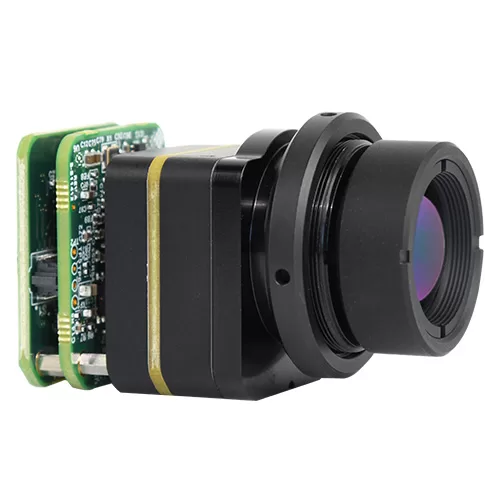
640 x 512
LWIR
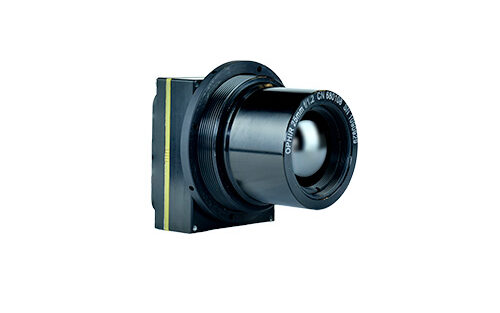
1280 x 1024
LWIR
What is Coming?
I’ve been talking today about the Tenum 640, but let me give you a little preview of the Tenum 1280. Twice the resolution, four times the total pixels, still a 10-micron pixel pitch, long wave, uncooled sensor. It’s the same technology as the Tenum 640 with much more resolution and much more capability. In the Tenum 1280 line, just as we did for the Tenum 640, we’ll be adding value with additional interfaces such as the Gig-E Interface, USB and maybe even others. Keep your eye out for these additions to the Tenum and Viento family of long wave infrared sensors.
Thanks for watching this tech talk. For more information on our Gig-E and USB interfaces, check out our website. Don’t be afraid if you have specific questions to reach out to us on social.

